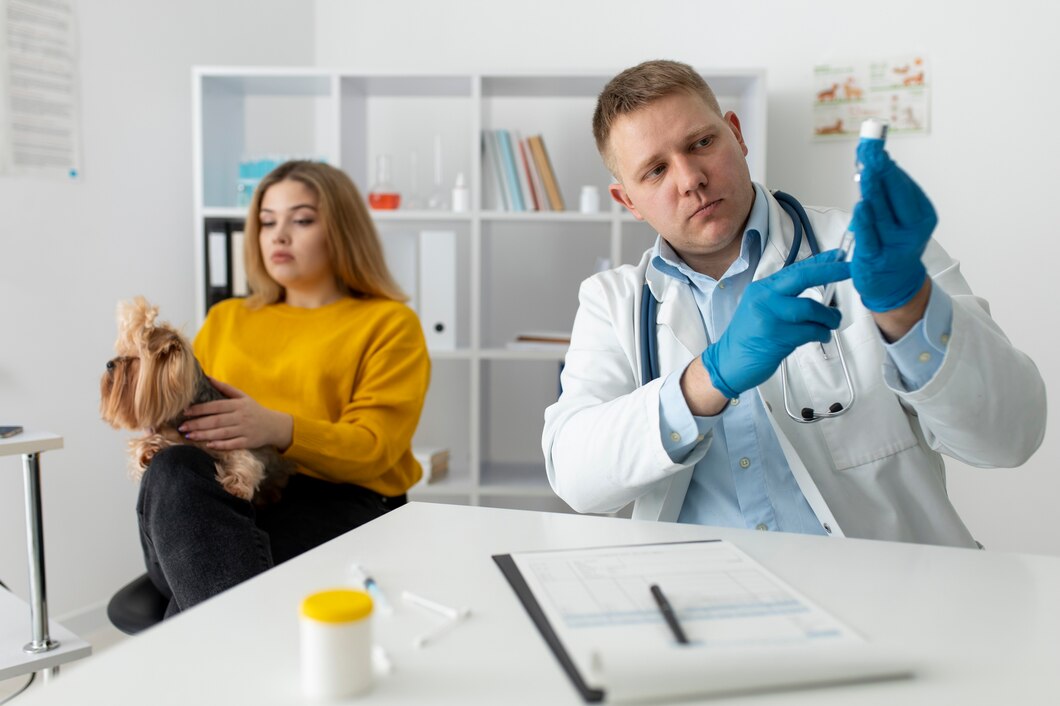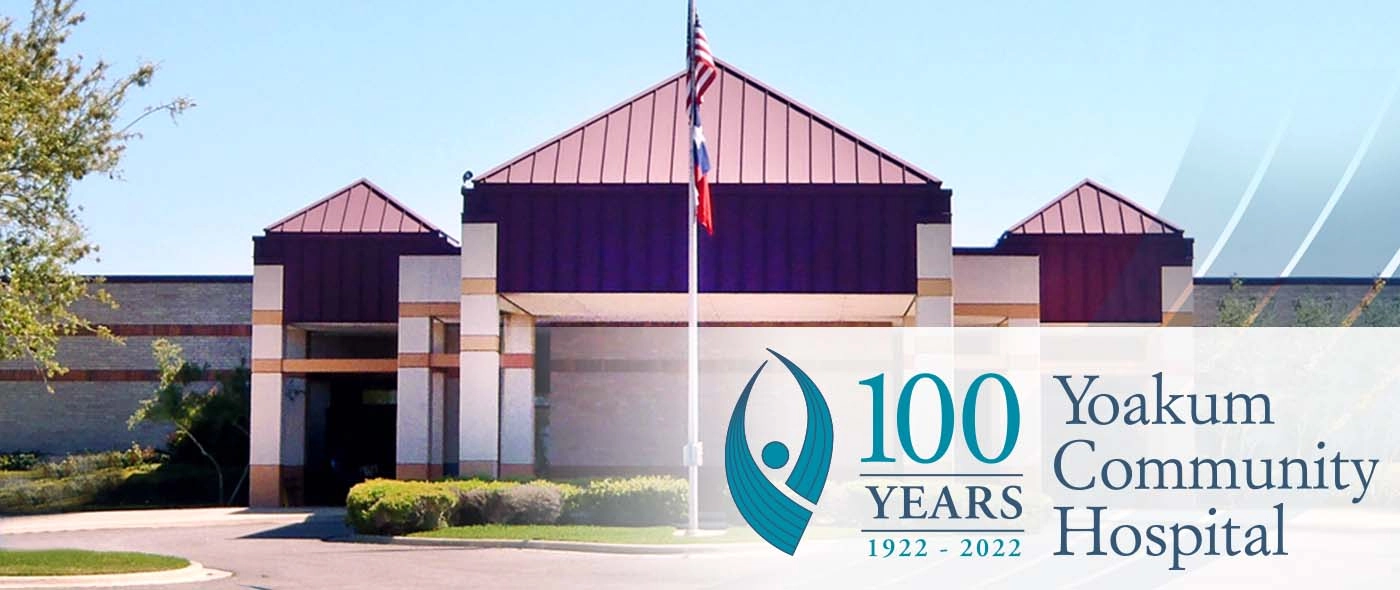Vein disorders are common health conditions that affect millions of people worldwide. They arise when veins become damaged or dysfunctional, leading to a range of symptoms that can impact one’s quality of life. Understanding the causes, symptoms, and treatment options for these disorders can help individuals manage their condition effectively and seek appropriate medical care.
Understanding Vein Disorders
Veins are responsible for returning deoxygenated blood back to the heart. To perform this task, they rely on a series of valves that prevent blood from flowing backward. When these valves become weak or damaged, it can lead to various vein disorders. The most common of these include varicose veins, spider veins, deep vein thrombosis (DVT), and chronic venous insufficiency.
Varicose Veins and Spider Veins
Varicose veins are large, swollen veins that often appear on the legs and feet. They occur when valves in the veins fail to function properly, causing blood to pool and veins to enlarge. Symptoms include aching, heaviness, and swelling in the legs. Spider veins, on the other hand, are smaller, red or blue veins that appear closer to the skin’s surface and are often considered a cosmetic concern. Although less severe than varicose veins, spider veins can still be a sign of venous insufficiency.
Deep Vein Thrombosis (DVT)
DVT is a serious condition where a blood clot forms in a deep vein, usually in the legs. If left untreated, these clots can break loose and travel to the lungs, causing a potentially life-threatening pulmonary embolism. Symptoms of DVT include pain, swelling, warmth, and redness in the affected leg. Risk factors include prolonged sitting or bed rest, surgery, pregnancy, and certain medications.
Chronic Venous Insufficiency (CVI)
CVI occurs when the vein walls or valves in the leg veins do not work effectively, making it difficult for blood to return to the heart. This condition can lead to symptoms such as swelling, pain, skin changes, and ulcers on the legs. CVI is often a result of untreated varicose veins or DVT.
Causes of Vein Disorders
Several factors can increase the risk of developing vein disorders. Genetics play a significant role, as family history can predispose individuals to these conditions. Age is another factor, with risk increasing as veins lose elasticity over time. Hormonal changes, particularly in women, can also contribute to vein problems, as can obesity, sedentary lifestyle, and prolonged standing or sitting.
Symptoms to Watch For
Vein disorders can present a variety of symptoms, which may vary based on the specific condition. Common signs include:
- Visible, bulging veins
- Swelling in the legs or ankles
- Pain or heaviness in the legs
- Itching or skin irritation
- Skin discoloration
Recognizing these symptoms early on can help in seeking timely medical advice and prevent further complications.
Treatment Options
A range of treatment options is available for vein disorders, depending on the severity and type of condition. Lifestyle changes, such as regular exercise, weight management, and elevating the legs, can alleviate symptoms and improve circulation. Compression stockings are often recommended to reduce swelling and discomfort.
For more severe cases, medical interventions may be necessary. Sclerotherapy involves injecting a solution into the affected veins, causing them to collapse and fade. Laser therapy uses focused light to close off small veins. In some cases, surgical procedures like vein stripping or endovenous laser therapy may be required to remove or seal off problematic veins.
It’s essential to consult with a healthcare professional to determine the most appropriate treatment plan. If you’re experiencing symptoms of a vein disorder, it’s advisable to seek the expertise of a vein doctor in Tulsa for an accurate diagnosis and personalized treatment approach.
Conclusion
Vein disorders, while common, can significantly impact an individual’s health and lifestyle. Understanding the causes, recognizing the symptoms, and exploring treatment options are crucial steps in managing these conditions. By staying informed and consulting with healthcare professionals, individuals can effectively manage vein disorders and enhance their overall well-being.
Keep an eye for more news & updates on GlamourCrunch!





